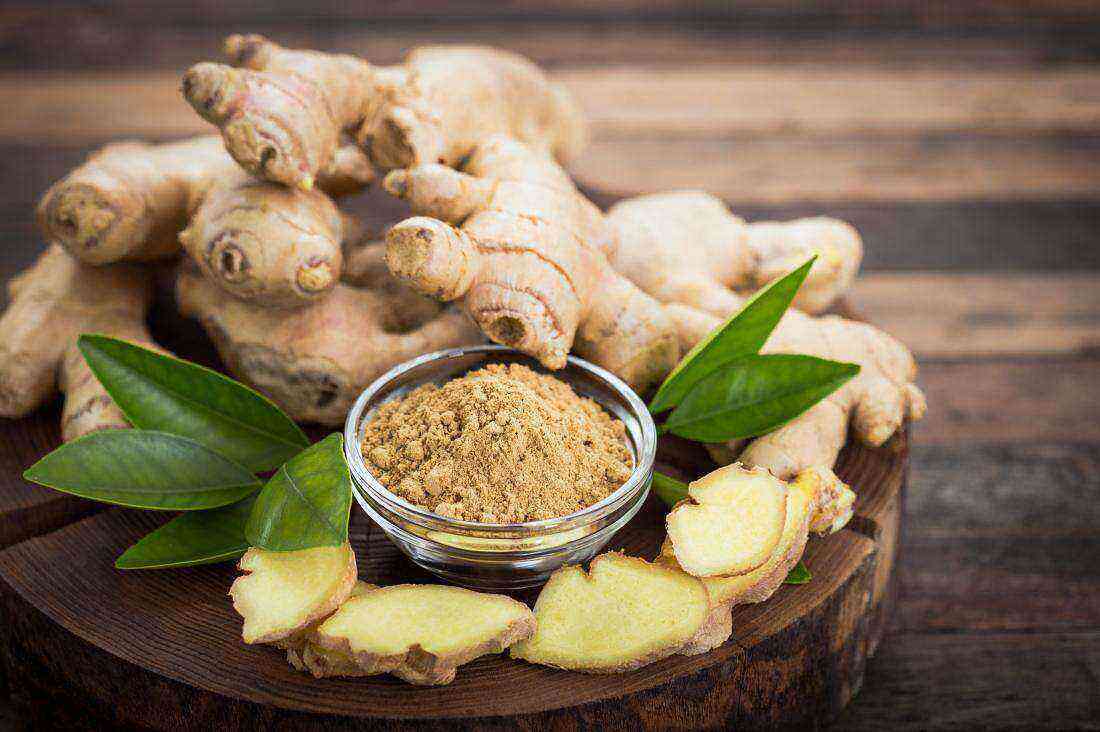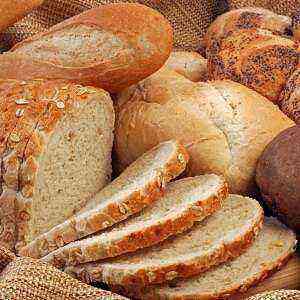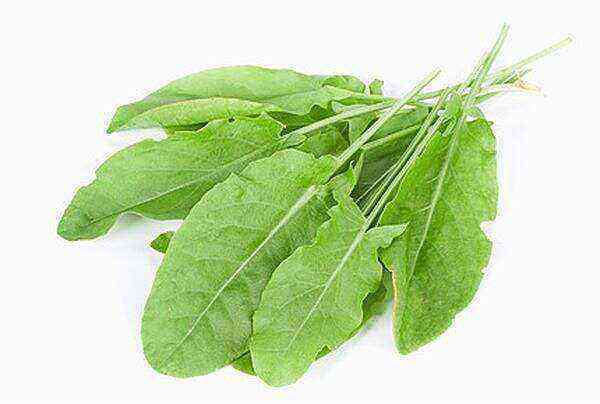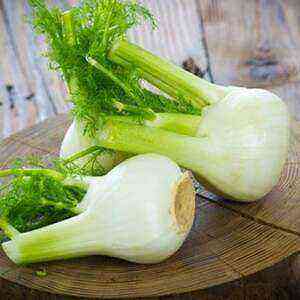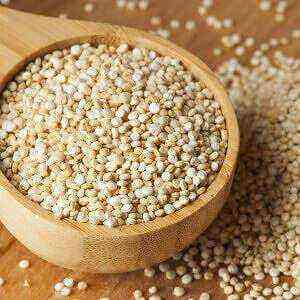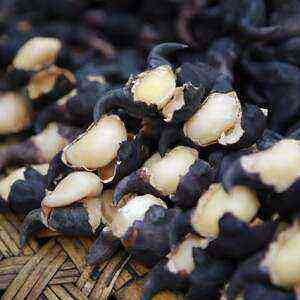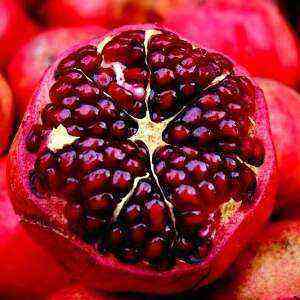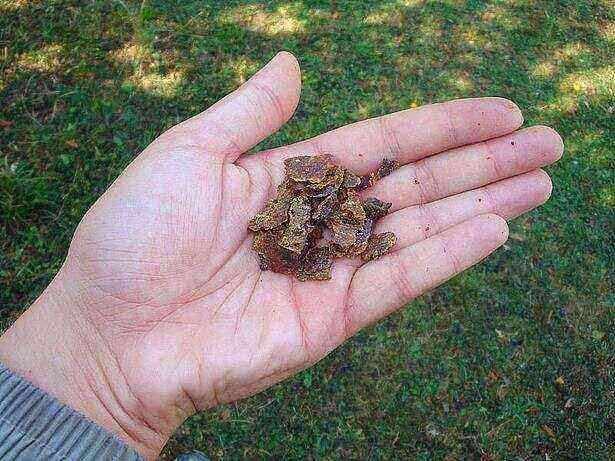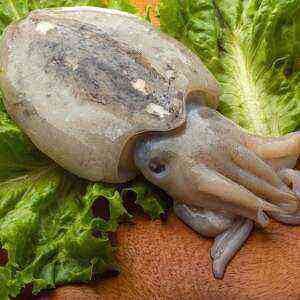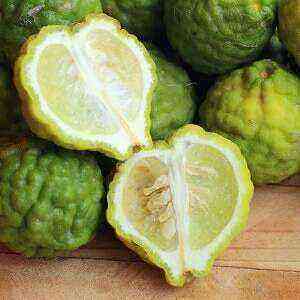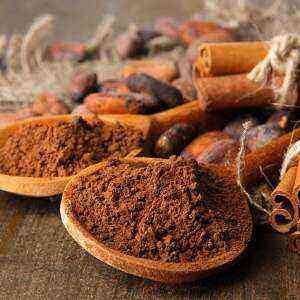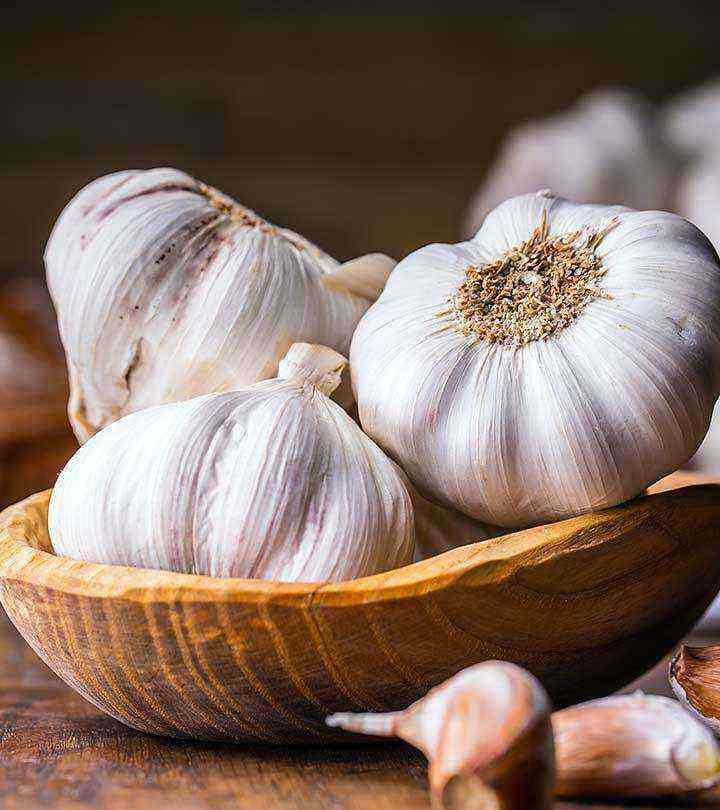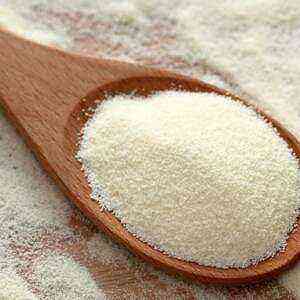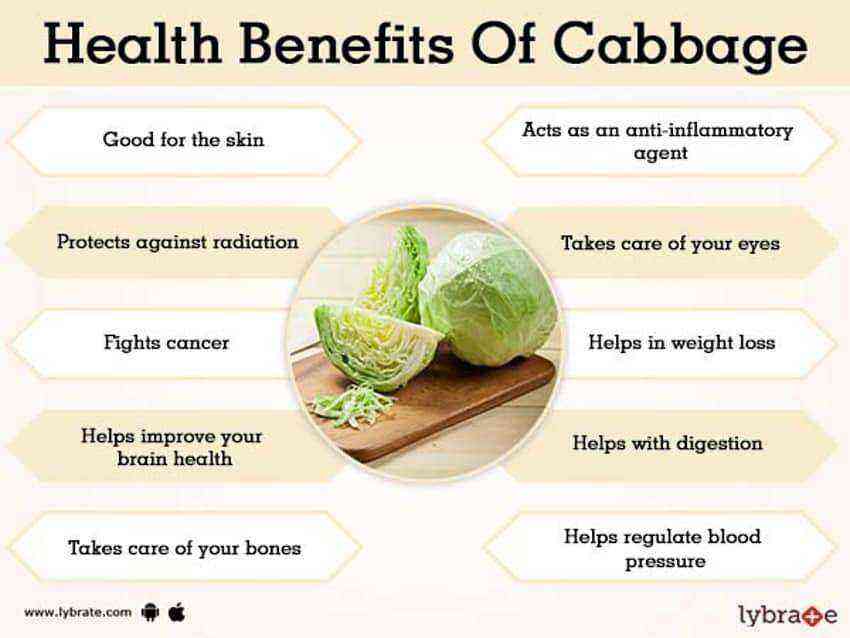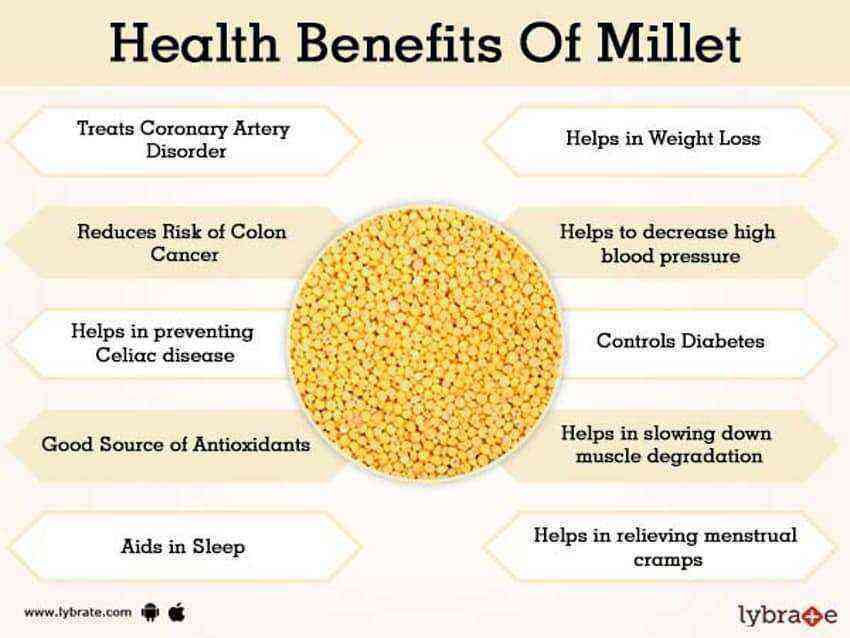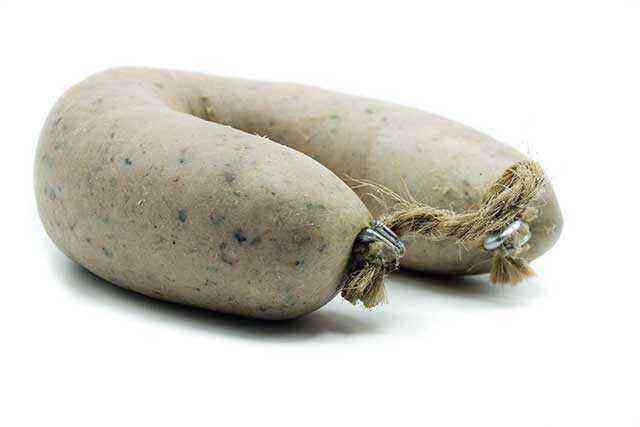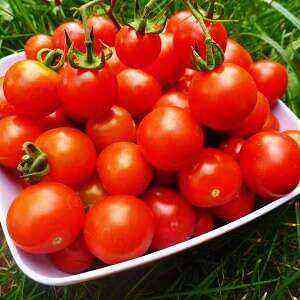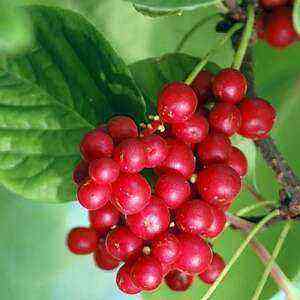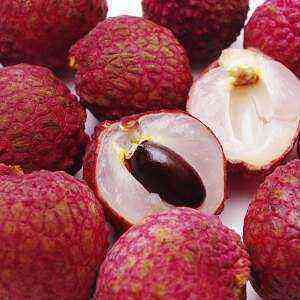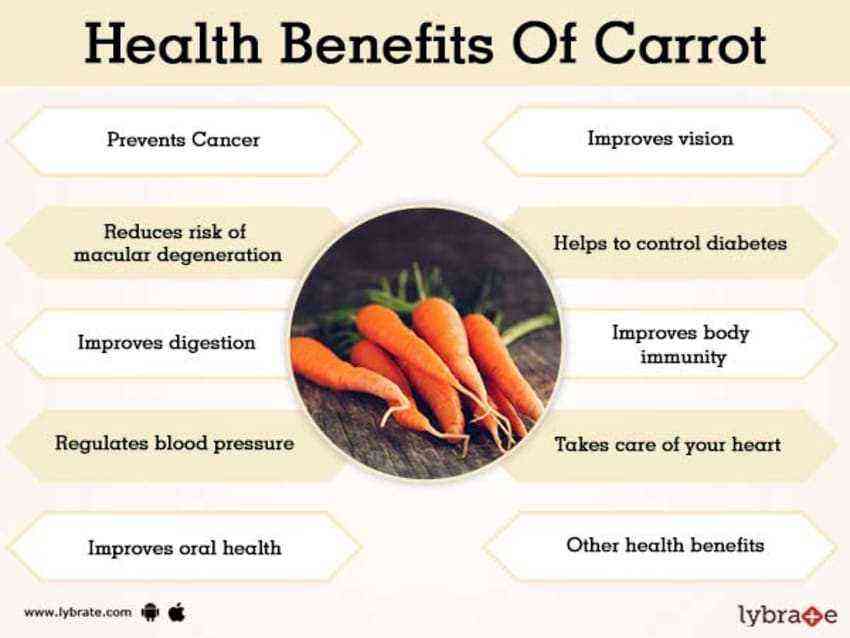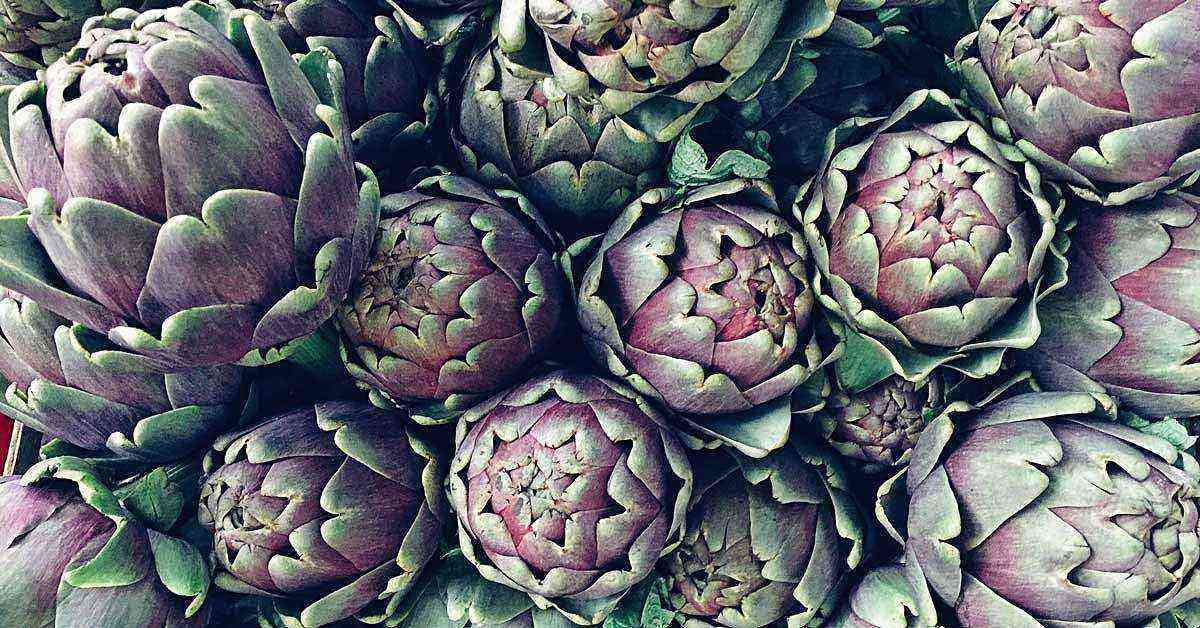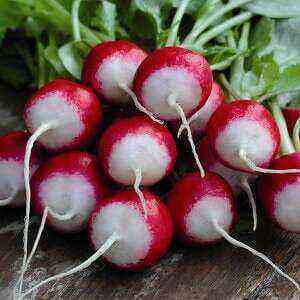
What is radish
The garden radish is an annual vegetable root crop. Its name comes from the almost consonant Latin word, which translates as “root”. Depending on the variety, the size, color and shape of the root may vary. Young vegetables, as a rule, with a sweetish taste and spicy aroma, old ones – with a more spicy taste.
There are several versions of the origin of this vegetable. Some consider it the homeland of Southeast Asia, others – India or China. The first written memory of radish dates back to the third century BC, although there is an assumption that this root vegetable was eaten by the ancient Egyptians. And long before the appearance of the Great Pyramids. The ancient Greeks also not only knew about the existence of the vegetable, but also described its different varieties. And the fact that the Greeks greatly appreciated radishes is evidenced by the fact that they left behind golden figurines in the form of this root crop.
This vegetable was cultivated in medieval Europe, it is in traditional cuisines of different countries. Today, this root crop is commercially available at any time of the year, but still the most useful is considered to be radish grown in the spring-summer season in the open field. Although it is not difficult to grow this vegetable at home, for example on the balcony. All the more so for ripening radish it takes only 3 weeks.
The nutritional value
Radish contains very few calories, but many vitamins and minerals important for the body. And although there are many varieties of this culture, but the nutritional characteristics of most of them are similar. Almost 90 percent of all of them are water and are a low-calorie product (16 kcal per 100 g). In addition, whichever radish variety gets in your salad, it is almost always an excellent source of vitamins B, C, A, manganese, copper, magnesium, calcium, sulfur, zinc, fluorine, phosphorus, iron, sodium and potassium, as well as fiber and various phytonutrients with antimicrobial and antifungal properties.
Nutritional value at 100 g
Calories 16 kcal Water 95, 3 g Proteins 0,7 g Fats 0,1 g Carbohydrates 3,5 g Calcium 25 mg Iron 0,3 mg Magnesium 10 mg Manganese 0,069 mg Sodium 39 mg Potassium 233 mg Zinc 0,3 mg Vitamin A 7 IU Vitamin C 14,8 mg Vitamin K 1,3 μg Vitamin B2 0,039 mg Vitamin B3 0,254 mg Vitamin B5 0,071 mg Vitamin B9 25 μg
What is good for the body?
Radishes, like broccoli, cauliflower and mustard, belong to the plants of the Brassica family. And they all contain a powerful antioxidant sulforaphane, which protects the liver from oxidative stress, prevents inflammation and the appearance of malignant tumors.

Radish’s antibacterial abilities help eliminate acne and acne. This fruit is useful for the respiratory system, in particular as prevention of bronchitis, asthma. It has a sparing diuretic effect, which is useful for cleansing the kidneys and for inflammation in the organs of the urogenital system.
The benefits of radish salad will also be felt by the circulatory system, skin, and immunity. And now it’s time to talk in more detail about the most exciting properties of radishes.
The benefits of radish
Accelerates Metabolism
Radish promotes weight loss.
But not only because of the warming effect. Potassium contained in the root accelerates metabolism, promotes the rapid transformation of fats and carbohydrates into energy. Also, the rate of metabolic processes affects fiber, which is rich in vegetables. Dietary fiber improves the functioning of the intestines, reduces appetite and limits the body’s absorption of fat.
Improves digestion
Radish stimulates the secretion of bile, which facilitates the work of the liver. Due to the presence of healthy fats and organic acids, the root crop accelerates the process of digestion. And the sulfur contained in it destroys pathogenic bacteria in the digestive tract.
Removes toxins
Radish improves the functioning of the liver, kidneys and intestines, thereby speeding up the digestive processes, as well as the time of excretion of toxins, by-products of metabolism. Thanks to these abilities, radish juice has been attributed by nutritionists to the so-called detox products.
Protects against inflammation and bacteria
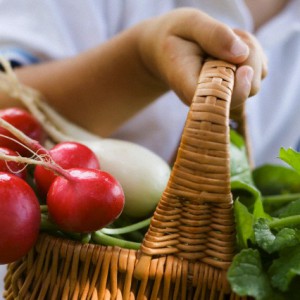
Prevents anemia
The presence of iron, copper and manganese make radish an important product to prevent anemia. These chemical elements play an important role in the process of blood formation. Iron is the main component of hemoglobin, and copper improves iron absorption. But to enhance this effect, it is important to combine radishes with foods rich in vitamin C (for example, parsley), since ascorbic acid increases the digestibility of the substances mentioned above.
Improves hair, nails and skin condition
The rich content of sulfur and potassium improves skin condition (in particular with acne), strengthens hair and nails. Spring radish salads prevent hair loss, have a beneficial effect on the condition of oily hair, will be useful for the integrated treatment of dandruff.
By the way, from a radish prepare a nutritious mask for hair. A mixture of olive oil and radish juice is rubbed into the scalp and left for half an hour. The result is shiny and soft hair.
Strengthens the heart and regulates blood pressure
Flavonoids not only determine the color of the root, but also make it useful for the work of the heart. Researchers say that these phytocomponents reduce the risk of developing cardiological disorders. Like bananas, radish is an excellent natural source of potassium. And it, as science proves, is necessary for regulating blood pressure. Potassium relaxes blood vessels, thereby facilitating the efforts of the heart muscle to pump blood.
What diseases cure radish

To eliminate the effects of hypothermia, a therapeutic cocktail of equal portions of radish juice, onion and honey was used. Anemia was treated with alcohol extract of the root crop. The crushed radish (50 g) was poured with vodka (100 ml) and insisted in the dark for two weeks. Then the filtered infusion was diluted with water (in a one to one ratio) and taken a tablespoon daily at bedtime.
A decoction of dried vegetables helped regulate the metabolism, and for the treatment of gallstone disease, herbalists advised to drink beet-radish juice. In addition, fresh radish juice relieves itching at insect bites, relieves pain after a bee sting. And if you rub it in the temples and nose, you can get rid of a migraine. Gruel of chopped vegetable, imposed on the joints, will ease the pain of arthritis, and compresses using alcohol tincture of the root crop will quickly heal bruises and hematomas.
Home Cosmetics from Root Vegetables
As already mentioned, radish is good for the skin. But in addition to treating dermatitis and eczema, it is able to improve complexion. Vegetable juice moisturizes dry skin well, and masks made from radish gruel make it soft and velvety. A tonic made from the juice of radish, cucumber and parsley will lighten freckles and age spots. For oily skin, a mask of grated root vegetables and milk is suitable. A nourishing mask of starch, olive oil and raw vegetable gruel will help refresh your face after winter frosts.
Important note: when using homemade radish cosmetics, it is necessary to protect the eyes from vegetable juice.
Possible side effects
Radish is classified as goiter food. In people with impaired thyroid function, this vegetable can cause deterioration. It is important to use root crops with caution in people with ulcers, gastritis, colitis, flatulence, and some diseases of the liver, pancreas, and kidneys.
Radish easily absorbs chemicals from the soil in which it grows. Therefore, excessively “fertilized” with chemistry vegetables become dangerous for humans. At best, poisoning with nitrates is manifested by signs of indigestion, nausea, diarrhea, and at worst, impaired functioning of the thyroid gland, reduced fertility, and anemia. Radish, “stuffed” with nitrates, can be recognized by unnaturally large sizes, unusual color and stains. To clean the vegetable from chemistry, you must rinse it under hot running water.
How to choose and store
This is one of the first vegetables to appear on the market in the spring. Already in March you can buy early varieties of radishes. Juicy fruits are easily recognizable by fresh and bright green leaves. The root itself should also be saturated in color, without wrinkles and damage. Juicy radish – heavier, dried or “wooden” (overripe) – light and soft.
Fresh root vegetables, cleared of greens, can be stored in the refrigerator (packed in containers or cling film) for up to 2 weeks. For longer storage of radish suitable basement and a box of sand. In such conditions, the roots will remain juicy for several months.
Radish boasts a long history. In ancient times, respect for this vegetable was manifested in gold figures. Nowadays, in December each year, Mexicans organize a holiday in honor of radish. Many bypass this vegetable side, considering it not the most delicious. But gourmets say that there is no tasteless radish – the main thing is to know when to buy and from which sort to choose.
